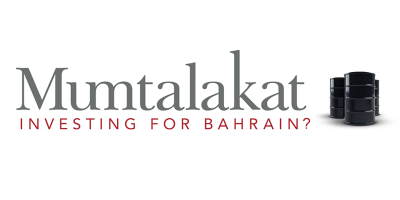SAMA published their July 2016 statistics at the start of the week and much of the mainstream press have highlighted the 16% y-o-y decline in Net Foreign Assets.
Given the bloodbath in Saudi financial stocks, we wanted to see how their balance sheets were coping with skittish local depositors and a public sector hungry for financing.
Since its peak in late 2014, the Saudi bank index is down around 47%. We wouldn’t be expecting much in the way of 2016 bonuses if we were based in Riyadh right now.
Using SAMA’s latest figures from their consolidated balance sheet of commercial banks we get the following (all figures in SAR millions).
From 30,000ft the it doesn’t look too bad. We can start to see the impact of government borrowing from the domestic banking system, the yellow segment below. Lending to the private sector appears to be leveling out, and we can make out that deposits have been shrinking. However, with large numbers and long term trends such as these, the change is always more visible on the margin. Looking at a year on year chart, things look less pretty.
The yellow line shows a massive increase in government borrowing from the commercial banking system. This figure includes government and quasi government. The green and blue lines are on the LHS axis. We can see that credit growth to the private sector is starting to slow. It’s also evident that deposit growth at Saudi commercial banks has swung to contraction. June and July prints are negative 4% and 3% year on year. The last time we saw Commercial Bank deposits contract in Saudi Arabia was in the early 1990s, when WTI was around $16.75 ($27 when inflation adjusted). It appears that 23 years on, the Saudi commercial banking system is no less exposed to deposit flight than it was back then.
It is this shrinking deposit base that has prompted SAMA to apparently issue around $4bn in loans to a variety of domestic banks.
Oil prices have somewhat recovered from their lows, but for Saudi, the problem may be more structural than cyclical. The technology genie has escaped and production efficiency gains at the largest shale basins in the US continue to skyrocket.









1 Pingback